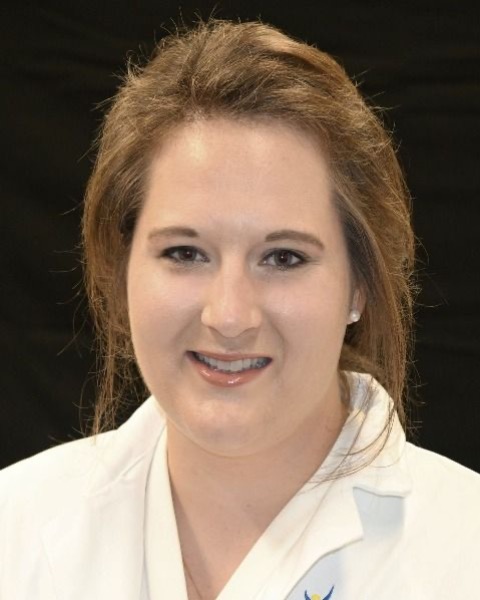Poster Session 1
(355) Impact of continuous glucose monitoring and insulin pump use on type 1 diabetes in pregnancy

Shannon McCloskey, MD
Fellow
Ochsner Clinic Foundation
New Orleans, Louisiana, United States
Joseph R. Biggio, Jr., MD, MSc (he/him/his)
System Chair, Women's Services
Ochsner Health
New Orleans, Louisiana, United States
James D. Toppin, MD, MPH
Ochsner Health
New Orleans, Louisiana, United States
Talia Suner, MD
Maternal Fetal Medicine Fellow
Ochsner Clinic
New Orleans, Louisiana, United States- KJ
Kali M. Juracek, MD
Post-doctoral research fellow
Ochsner Clinical School
New Orleans, Louisiana, United States - SS
Sarah Sternlieb, MD
Ochsner Clinic Foundation
New Orleans, Louisiana, United States 
Frank B. Williams, MD, MPH (he/him/his)
Ochsner Clinic Foundation
New Orleans, Louisiana, United States
Submitting Author and Presenting Author(s)
Coauthor(s)
Type 1 diabetes (T1DM) is strongly associated with adverse pregnancy outcomes. Technological advancements, including insulin pumps and continuous glucose monitors (CGM), may improve glycemic control in pregnancy but have not been consistently associated with improved clinical outcomes. We hypothesize that patients utilizing both an insulin pump and CGM will have improved outcomes.
Study Design: This was a retrospective cohort study of patients with T1DM receiving pregnancy care in a large health system from 2016 to 2023. Patients were compared by utilization of insulin pumps versus multi daily insulin injections (MDI). Patients were excluded if missing delivery information, care was established after 20 weeks, or if unable to determine CGM status in pregnancy. Primary outcome was on-target glycemic control, defined as a second trimester Hb A1c < 6.5%. Secondary outcomes included additional glycemic and clinical outcomes. A sub-analysis limited to pump patients compared CGM versus traditional blood glucose monitoring (TBGM). Adjusted odds ratios were calculated using multivariable logistic regression to adjust for potential confounding variables.
Results:
Among 288 patients with T1DM, there were 155 deliveries in the insulin pump group and 133 in the MDI group. Patients using insulin pumps were more likely to be of non-Black race, nulliparous, utilize CGM, and have commercial insurance (Table 1). On-target glycemic control was unchanged in the pump group when compared to MDI (36.1% vs 21.1%, aOR 0.97, 95% CI 0.47-1.98). There was no difference in clinical outcomes. In contrast, when examining the pump group by CGM status, glycemic control was improved in those utilizing CGM as compared to TBGM (43.8% vs 16.3%, aOR 3.38, 95% CI 1.24-9.23). There was also improvement in DKA admission and rates of antenatal stillbirth (Table 2). Other non-glycemic outcomes remained unchanged.
Conclusion:
When used in conjunction with insulin pump therapy, CGM use in T1DM is predictive of glycemic control in pregnancy and associated with improvement in certain clinical outcomes.

